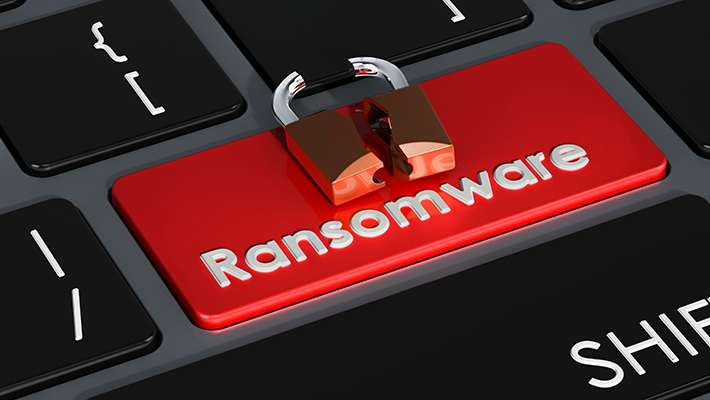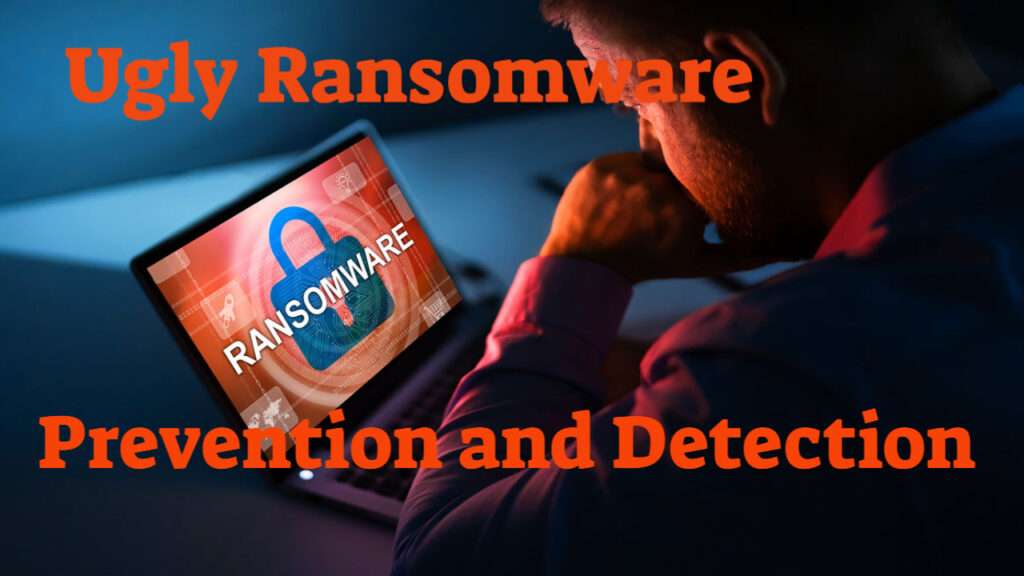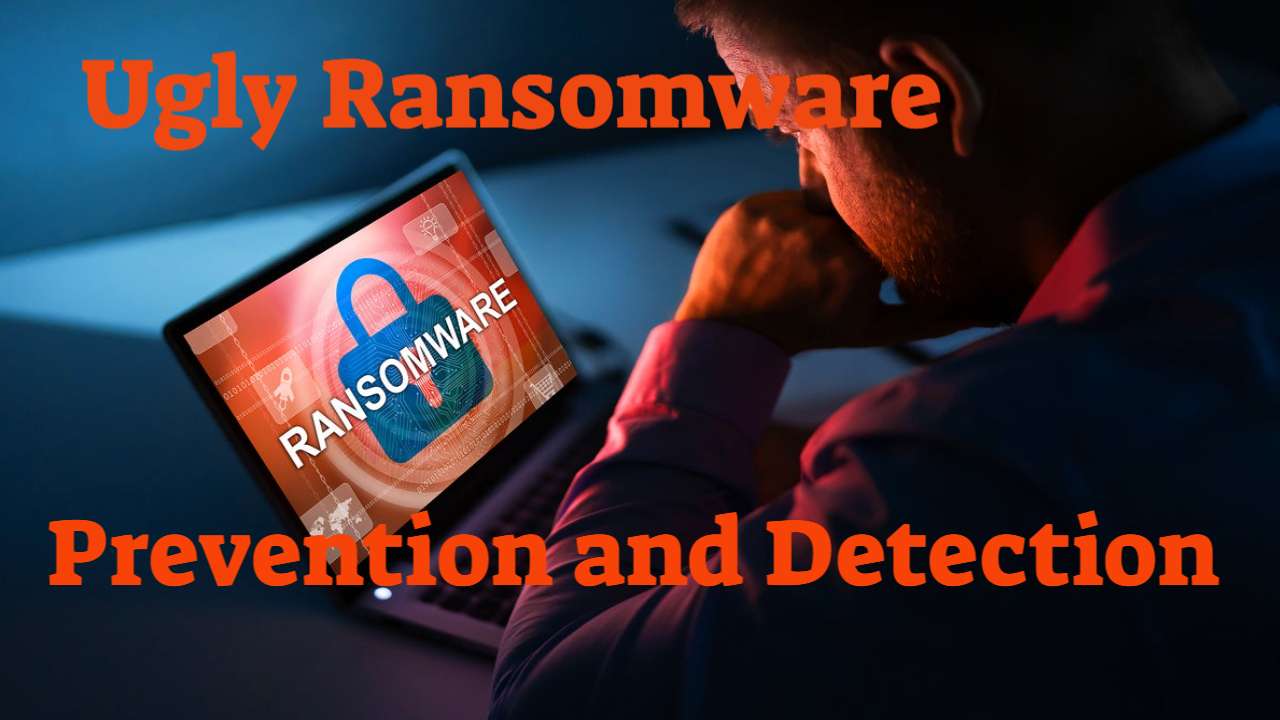Table of Contents
Ransomware Prevention – The Dos and Don’ts
When it comes to ransomware prevention, remember that prevention is significantly superior to the cure. To accomplish this, vigilance and the proper security software are required. Vulnerability scans can also aid in the detection of intruders in your system.
First and foremost, you must ensure that your machine is not an ideal target for ransomware. Device software should always be maintained up to date to benefit from the most recent security fixes. However, even the most exemplary ransomware prevention measures might fail, emphasizing the importance of having a backup plan. In the case of ransomware, maintaining a backup of your data is a good contingency strategy.
If your data is backed up to a device or place that your computer does not need to access, you may quickly restore the data you require if an attack is successful. It is crucial to back up any critical data regularly.
Malicious software that employs encryption to hold data for ransom has grown in popularity in recent years. This ransomware aims to extort money from victims by promising to restore encrypted data. It generally gets onto a device, like other computer viruses, by exploiting a security flaw in susceptible software or deceiving someone into downloading it. Ransomware, as it is notably known, targets high-profile targets such as hospitals, public schools, and police organizations.
It has now made its way into home computers.
The malicious ransomware business model has proven to be a lucrative industry for hackers. Here are several dos and don’ts when in comes to ransomware prevention:
Scanning email communications is a crucial part of ransomware prevention.
Email scanning technologies frequently detect malicious malware. The email is destroyed when the scanner detects ransomware and never reaches your inbox.
Ransomware in an email is typically placed in an attachment or within a file within the email’s body. Hackers have been known to insert pictures that look to be harmless, but when you click on them, they install ransomware on your machine. Scanning emails containing these types of files can help keep your device—and those on your network—from becoming infected.
Never connect unfamiliar USB sticks to your computer:
Never connect unknown USB sticks or other storage media to your computer. Cybercriminals might have contaminated the storage media and left it in a public area to attract someone to use it.
Do not reveal personal information when responding to an email, unsolicited phone call, text message, or instant chat.
A cybercriminal will set up many traps to install ransomware on your computer, or deceive you into downloading it yourself with the correct personal information. People frequently use the same passwords for their laptops and websites as they do for their accounts and webpages.
A cybercriminal will use your personal information to obtain access to an account, then use the password to acquire access to your computer and install ransomware. Not disclosing confidential information makes it significantly more difficult for an attacker to carry out this type of assault.
Phishers will try to fool you into downloading malware or gathering intelligence for attacks by posing as a credible source you trust.
For example, you receive a message from your “financial institution” claiming that there has been “suspicious activity on your account,” which sets off your internal alarm system. This is why this type of fraud works so effectively since you are faced with urgency and panic, in addition to uncertainty.
It is also typical for hackers to install malware on a website and then use content or social engineering to attract users to click on it.
Social engineering exerts pressure on the user, generally through fear, to persuade them to do a particular action—in this example, click on a dangerous link. In many circumstances, the connection itself appears to be harmless.
If you are unfamiliar with the site or if its Uniform Resource Locator (URL) appears suspicious even though it appears to be a reputable site, you should avoid it. Cybercriminals frequently develop bogus websites that appear to be legitimate. Before downloading anything from a website, always double-check the URL.
When traveling, especially if you will be utilizing public wireless internet, be sure to use a reliable Virtual Private Network (VPN) when connecting to public Wi-Fi.
While connected to the internet, a VPN encrypts the data going to and from your device. A VPN, in essence, creates a “tunnel” through which your data travels. A user must have an encryption key to enter the tunnel. A hacker would also need to decrypt data sent over the tunnel to read it.
A VPN prevents strangers from infiltrating your connection and planting malware in your path or on your device for ransomware prevention.
Finally, utilize commercial-grade antivirus software and a firewall to achieve maximum ransomware prevention.
Maintaining a robust firewall and keeping your security software updated are vital. Because of the prevalence of bogus software, it is critical to use antivirus software from a recognized vendor.

Having business-grade antivirus software is frequently regarded as one of the top strategies to take for ransomware prevention. The data that comes into your computer from the internet are scanned by security software. When a dangerous file is found, the program blocks it from being downloaded to your computer.
Business-grade security software analyzes profiles of known threats and malicious file types to determine which are potentially harmful to your machine. To keep current, security software frequently includes regular updates. The supplier will install them automatically. As new threats become known to the provider, their profiles are added to the update.
As long as you keep your program up to date, you will get the most exemplary security the software has to offer in terms of ransomware prevention.
Ransomware is one type of cyber assault that, in most cases, be avoided using the measures listed above.
That being said, it only takes letting your guard down on one occasion for ugly ransomware to infiltrate your computer system. Next, we will look at tips you can take for ransomware detection.
Techniques for Early Ransomware Detection
Overall, the ransomware trend isn’t going away anytime soon. Its ongoing success, together with developing strategies used to extort victims, results in a regrettably profitable business model.
However, by concentrating on identifiable patterns that ransomware frequently shows in the early stages of its execution, defenders can prevent the latter, far more devastating phases of these attacks.
While no protection measure is foolproof, a robust ransomware detection and response plan can help tip the scales back away from the attackers.
A ransomware assault is carried out via a sequence of actions known as a kill chain. Most ransomware attacks follow the form of the following ransomware kill chain: obtain access, increase privileges, target data, infiltrate data, eliminate recovery capabilities, install ransomware, and get paid.
Every stage in the ransomware kill chain provides a chance for ransomware detection to halt a ransomware attack—but you don’t have to achieve 100% detection at each step. Instead, if you can identify one or more bad events in most kill chains before the attackers accomplish their goal, you can avoid ransomware assaults.
Ransomware is a sophisticated malware that employs a complicated collection of evasion strategies, making it difficult for regular antivirus software to detect. With ransomware bringing online extortion to a worldwide scale, educating oneself on ransomware detection techniques before it affects your machine becomes critical knowledge.
Ransomware creators utilize military-grade encryption algorithms and cutting-edge social engineering techniques to take control of your computer system and encrypt all of your data. Ransomware may even scramble your data, making it impossible to tell which files are infected and which are not.
Tip #1:
A must-know precaution for effectively maximize ransomware detection is to examine the email addresses of your received emails carefully. The developers of ransomware send infected emails using a similar-looking email account. They employ unique strategies to make fake emails appear identical to the exact email address they attempt to replicate.
For example, attackers may substitute a minuscule letter ‘L’ with an upper-case character ‘I.’ These letters are so similar that they can easily confuse potential victims who don’t know how to identify ransomware
Tip #2:
Another method for executing ransomware detection before it causes damage to your machine and data is to scrutinize all email content. Take your time reviewing the email’s content, mainly if it contains sensitive or secret information.
Previously, it was easy to detect suspected ransomware-infected emails since ransomware makers just sent out a large number of nonsensical spam emails. Those days, however, are long gone.
Modern ransomware producers have become more adept, making fake emails appear more legitimate. They will attempt to replicate the email address and the writing voice of the person or organization they are impersonating to mask ransomware detection.
If you have any doubts about the email’s content, do not act on it. As a result, the best thing you can do is directly call the individual or organization involved to confirm its legitimacy.
Tip #3
A person who understands ransomware detection correctly knows not to open links right away, especially if you have reservations about the sender’s validity and the content. Malicious links are the most common method ransomware producers use to trick users into unintentionally downloading the malware to their devices.
This warning extends beyond spam emails since every link you see on the internet has the potential to download ransomware on your computer. Look for misspellings and an unusual domain. Attackers also make the domain seem identical to the original.
Just keep in mind that if the link makes you nervous, don’t click it until you’ve done some investigation into its legitimacy.
Tip #4
Being vigilant while downloading file attachments is an efficient approach to identify ransomware before it hits you. Malicious file attachments are often hidden within an encrypted zip file. This tactic allows ransomware developers to conceal the file’s content, and you won’t be able to notice the harmful file encrypted inside the file until you extract it, at which point it will be too late.
In the event of a ransomware attack, resist giving in to the malware creator’s demands. Remember that paying the ransom does not guarantee that you will be given the appropriate passkey. There are alternative options for dealing with a ransomware assault.
Remember that ransomware creators target everyone, no matter where they are on the globe. Whether it’s a modest individual system in your home or a large institution’s network system, the possibilities of being attacked by a damaging ransomware assault are unexpected and may occur at any time.
Your Ransomware Solution – It’s Never Been Easier
Ransomware at home is on the increase.
When ransomware is installed on your computer, it begins encrypting your data rendering them unreadable or unusable. The “owners” of the ransomware maintain a key that they promise will allow you to undo the encryption and access your data again – but only if you promptly pay them hundreds (or even thousands) of dollars. And there’s no assurance the victim will ever be able to recover their files.
It is critical to protect your home computers against ransomware, just as it is at your workplace.
Here is the key takeaway:
Sophos Home Premium tracks program behavior on your home computer using the same powerful artificial intelligence featured in business ransomware prevention solutions for large corporations undergoing active ransomware assaults. It detects whether the software on your computer is displaying specific ransomware symptoms.
Sophos Home Premium can detect and stop ransomware that has never ever been seen before.
Sophos now provides ransomware prevention for personal computers with the same degree of security that it provides for over 300 million corporate devices globally.
Sophos Home protects against ransomware by utilizing the massive, constantly updated SophosLabs library of threats, as well as real-time behavioral detection algorithms, to provide the finest ransomware protection available on the market today.
Click this link to learn more: Sopho’s business-grade security for home computer ransomware prevention.



